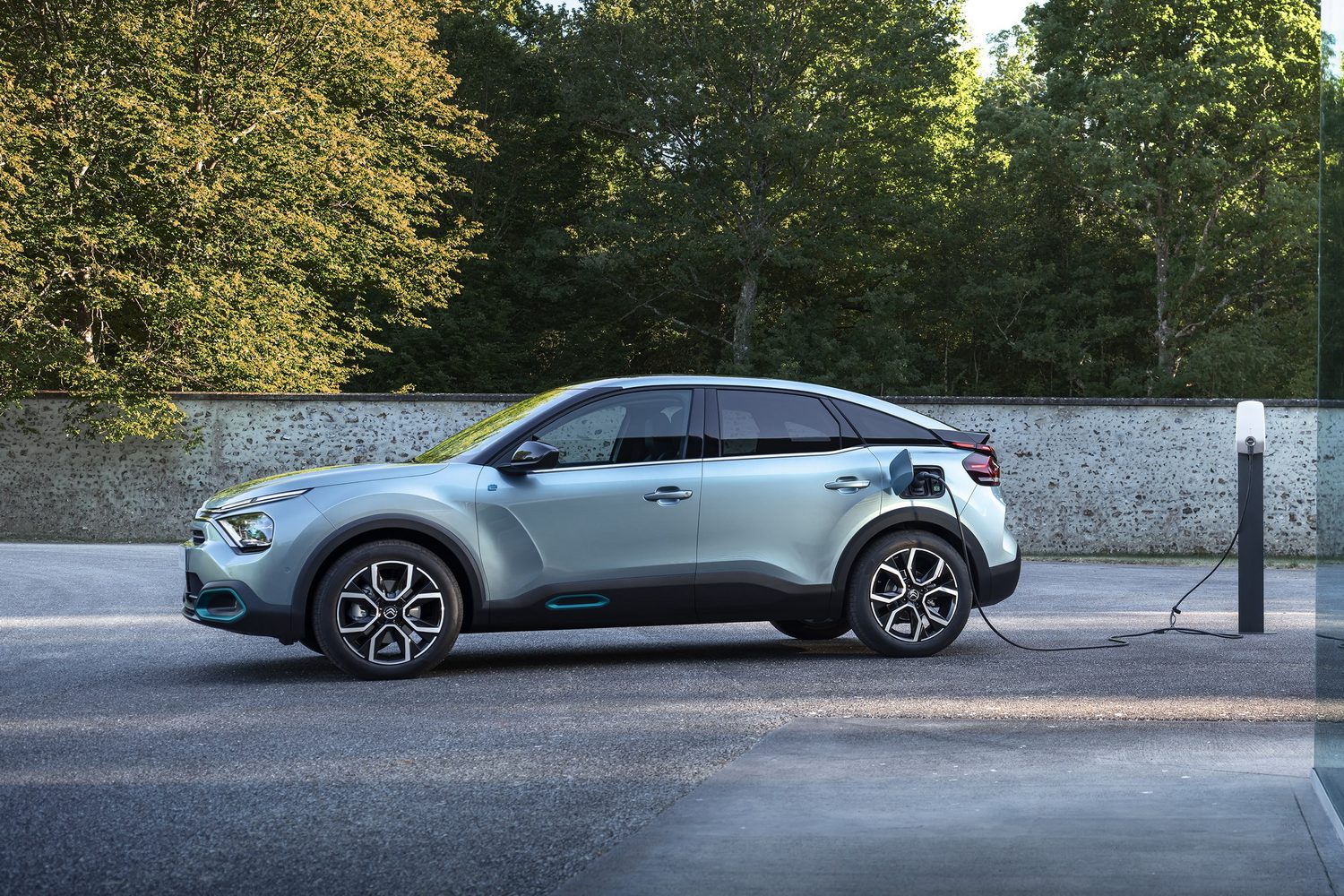Ever since it got started in 1919, Citroën has been a company that has always looked at the corners of the motoring technology envelope and thought, 'Hmmm. How much further can we push that?'
The company's founder, André Citroën, was at it right from the start. Citroën's first car, the Type A 10hp of 1919, had amazingly compliant rear suspension, setting a tradition of Citroën comfort right there and then. There was even innovation in the car's seats - the 'Torpedo' model, with its tapering rear bodywork, had a small fold-away seat in the rear bodywork, which you could - if you squint a bit - see as a forebear of the folding rear seats of Citroën's modern SpaceTourer models.
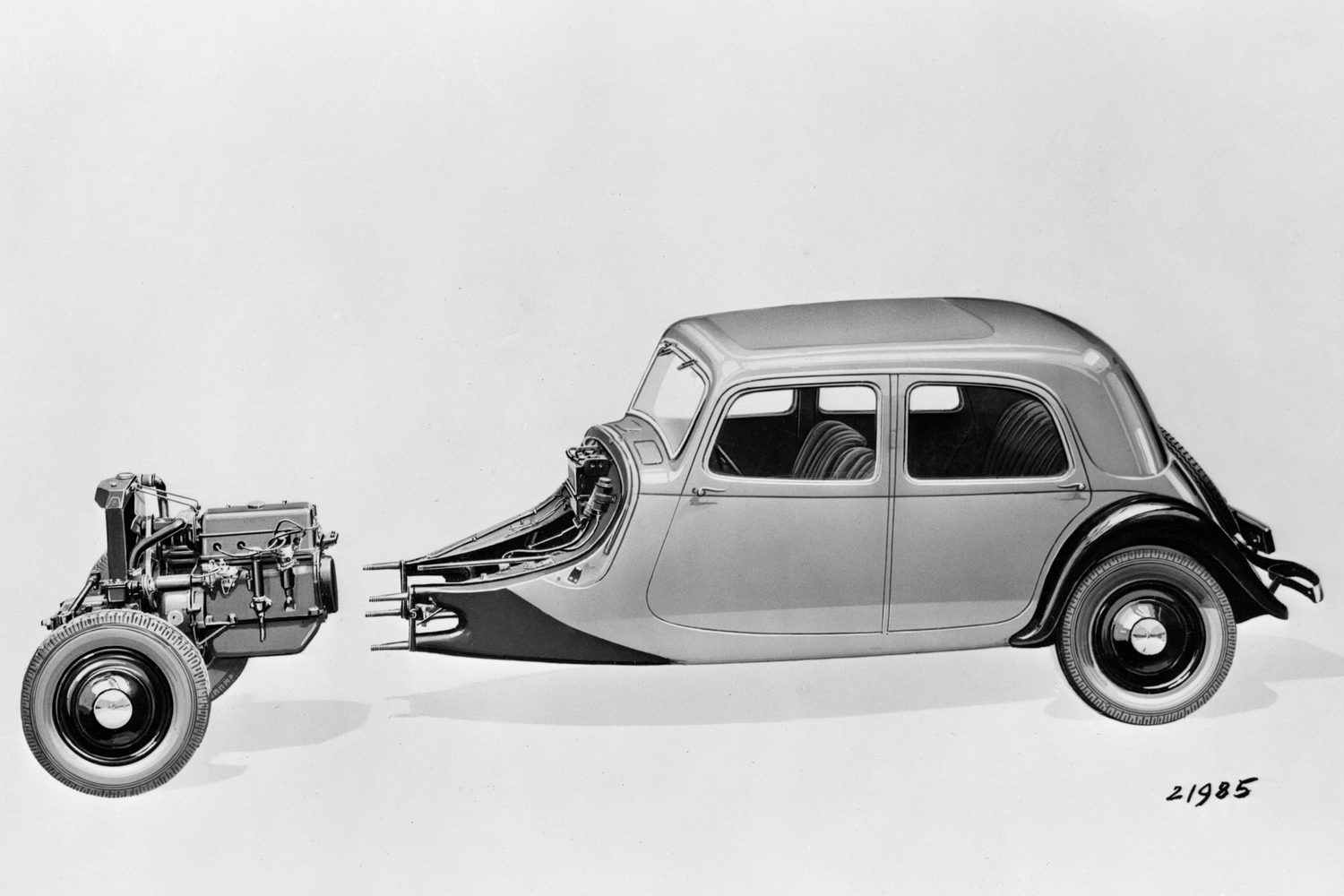
If the Type A was a small step, Citroën's first giant leap was the 1934 Traction Avant. Actually, that's not it's proper name - it was called the 7CV originally, but Traction Avant is French for front-wheel drive, and that's the technology that the 7CV pioneered. Along with monocoque body design. And a hatchback rear end. And independent front suspension. And hydraulic brakes. Little wonder that the Traction Avant stayed in production for more than 20 years, finally being phased out in 1957. By then, it was being used as a testbed for hugely advanced hydropneumatic suspension, but more of that in a moment...
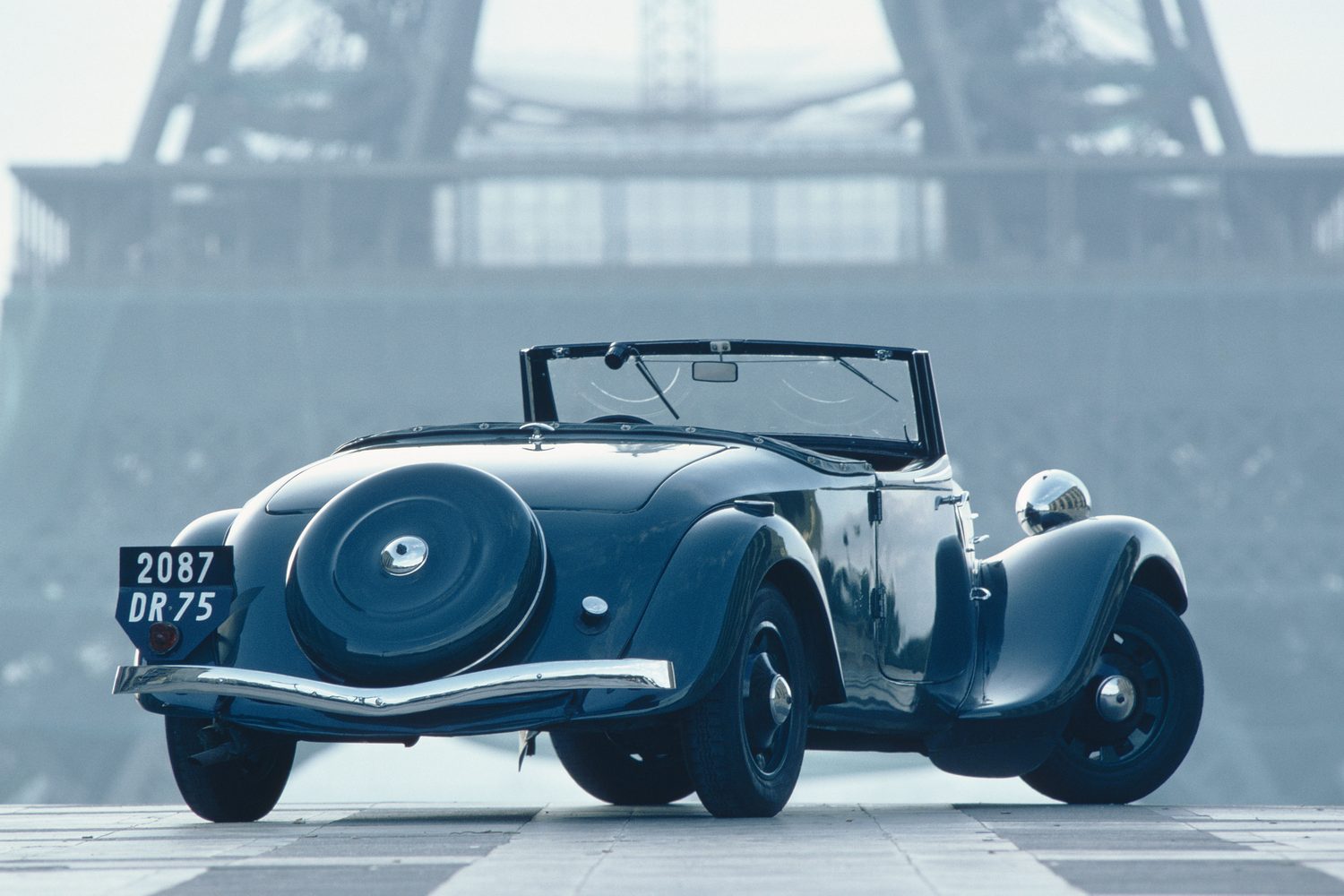
After the tumult of the Second World War (during which the Traction Avant became something of a symbol of French resistance. Historian Anthony Beevor describes the liberation of Paris in 1944 being populated by "young, heavily-armed men in black Citroëns, speeding around looking for enemy soldiers to shoot."), Citroën played, in 1947 and 1948, two of its greatest cards of all time. In 1947 it launched the Type H van - nowadays sadly likely to be chopped up to make a coffee shop, but back then it was hugely different with its front-wheel drive, low loading height and strong-but-light corrugated body. As ever with Citroën, the Type H was so far ahead of its time that it stayed in production much longer than expected, until 1981.
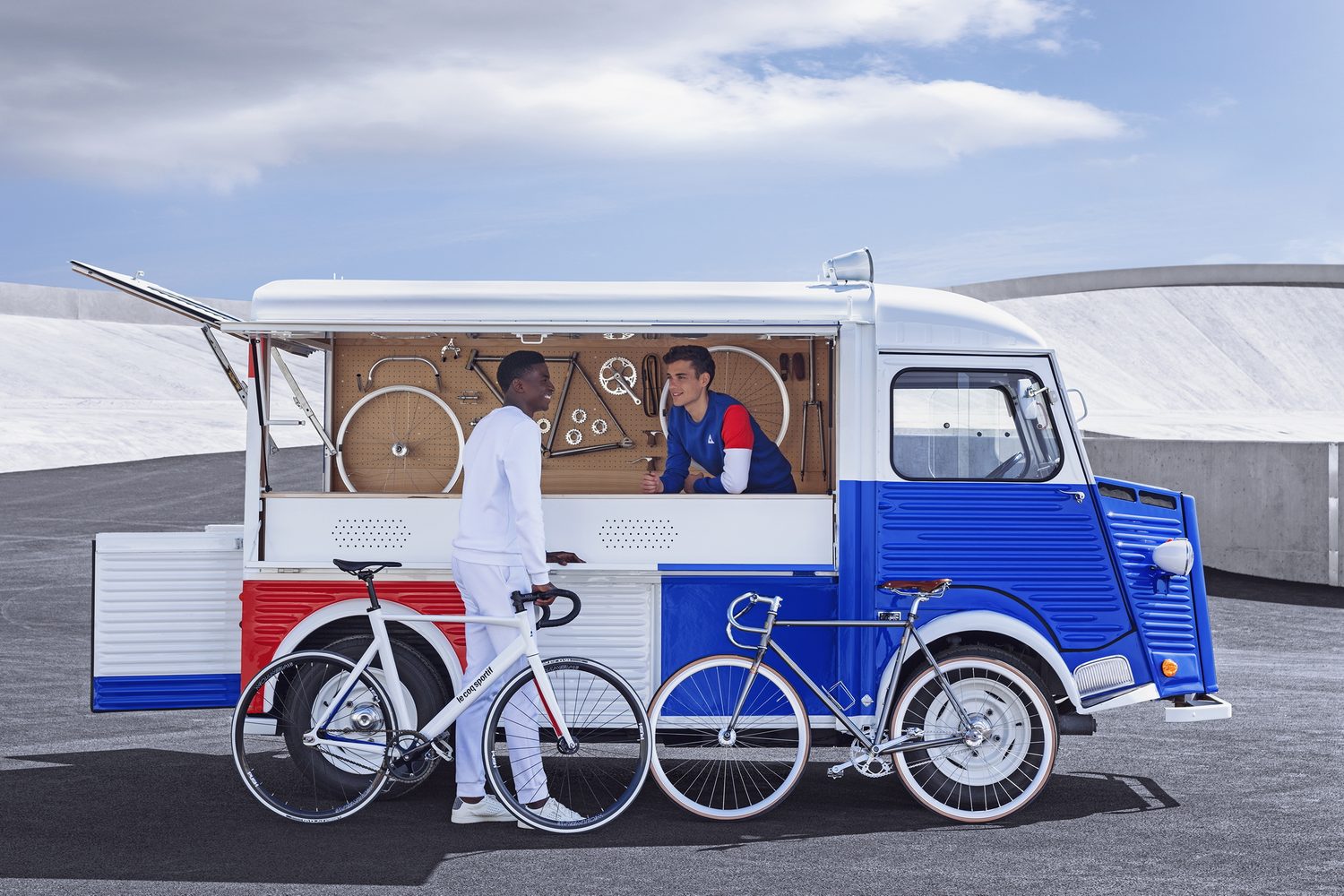
Even then, the H was outlived by what came next - the 2CV. Designed before the war and hidden away during the conflict, the 2CV was designed to be the least amount of car you could get away with, and one of the most versatile of all time. Possibly the only car ever that never had a performance-car spinoff, the light, simple, incredibly economical 2CV would stay on sale until 1990. Think of it: a car designed when Eamon de Valera was Taoiseach, could still be bought - new - when Charlie Haughey was in the hot seat. Amazing. The 2CV has left its origins of being a cheap, affordable car for French workers and farmers way behind, and has entered the realms of icon.
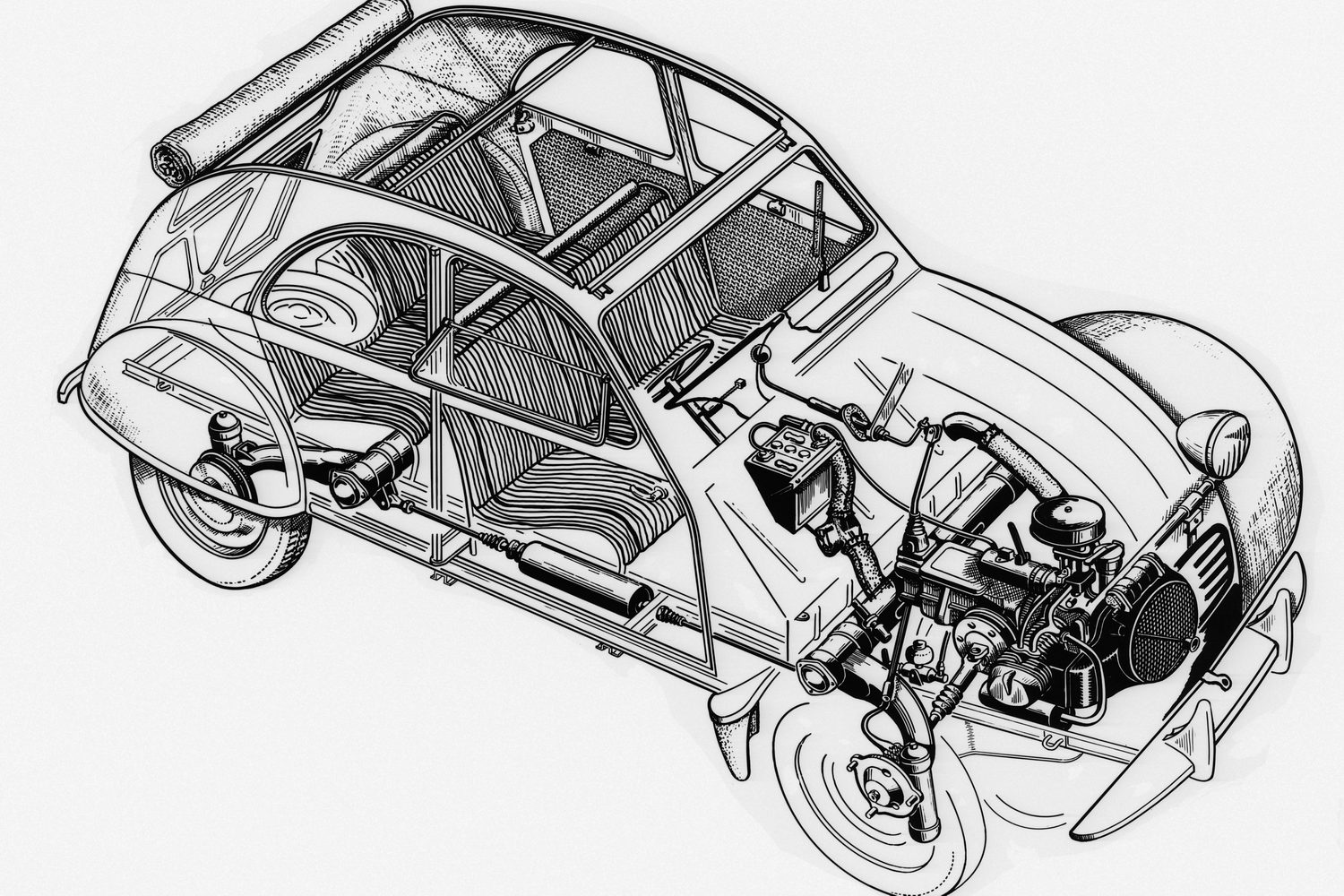
What came next became an icon, too. But for very different reasons. Remember that advanced hydropneumatic suspension that the Traction Avant was testing? In 1955, we found out why. Citroën revealed the DS saloon, and nothing in motoring was ever the same again. It was sleek, impossibly beautiful, refined, comfortable beyond all belief and an instant superstar. It's arguable that the motoring world has never taken such a big leap in the shape of a single car. Imagine what it would have been like had Citroën actually fitted the DS with the powerful flat-six engine it was designed for. Alas, development funds ran out, but the DS was still remarkable even with carry-over Traction Avant engines.
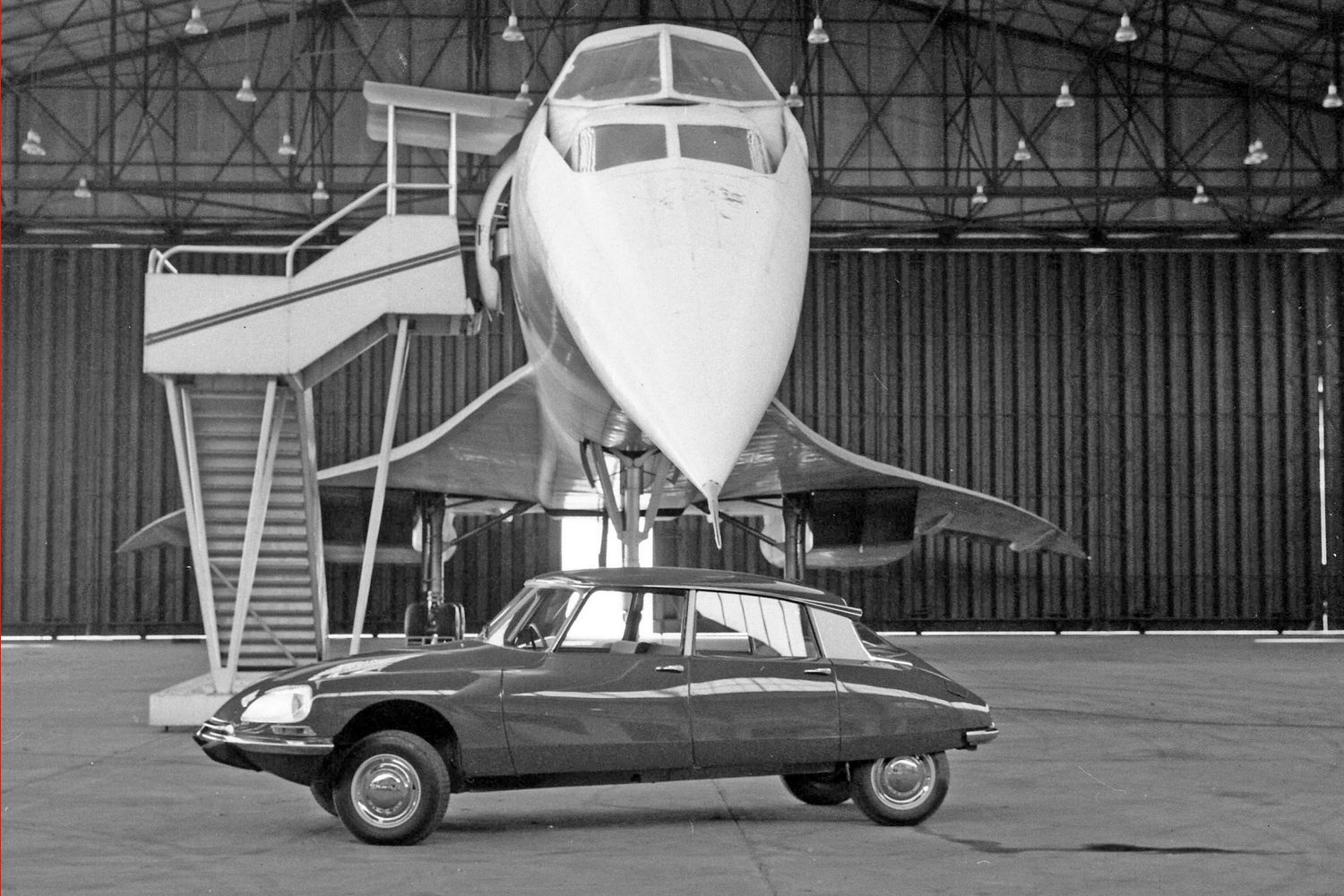
Citroën was by now on an innovation roll. That amazing hydropneumatic suspension would spread to the rest of its line-up, and no suspension system before nor since has been able to provide such a comfortable ride quality, especially on poorly maintained roads. The DS didn't quite have the longevity of the 2CV, but it did stay in production for 20 years, until it was replaced by the just-as-beautiful CX. The CX continued the hydropneumatic suspension system, but added to it more cutting-edge aerodynamic tech, as well as neat tricks like a single wiper to clear its massive windscreen. Meanwhile, a concave rear window helped to make the CX incredibly slippery through the air, which was helpful being as it was launched in the midst of an oil crisis... And let's not forget the CX's stablemate, the amazing SM coupe, with its front-wheel drive, Maserati V6 engine and a shape that still has few equals.
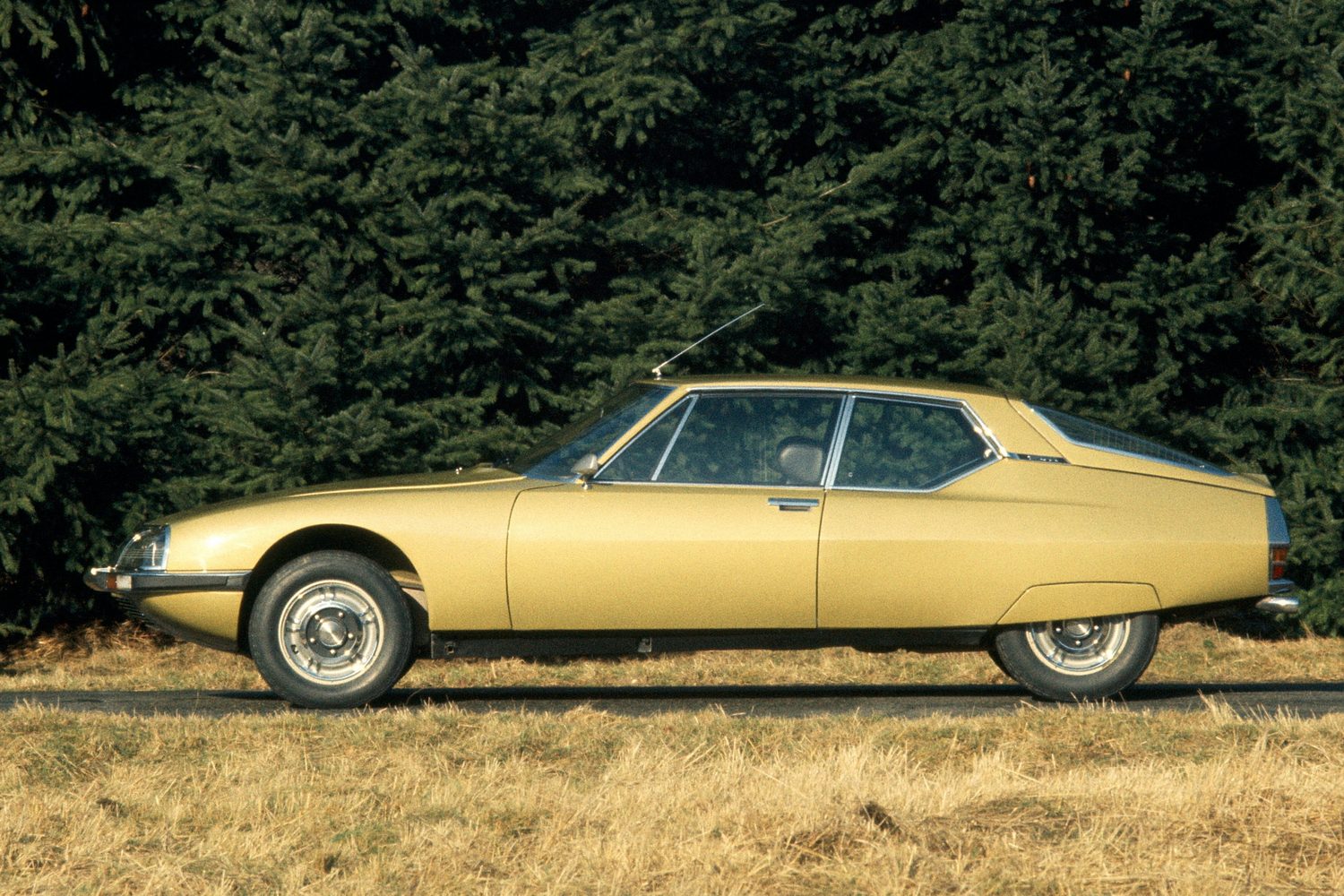
We should also remember the amazing GS hatchback, lauded by motoring writers as one of the greatest cars of the 1970s, and an innovator in its use of an ultra-smooth rotary engine. Sadly, Citroën suffered much the same rotary unreliability as NSU did and later Mazda would, but the idea was still thrilling.
Citroën's innovation continued through the eighties and nineties - the BX and Xantia were far more sophisticated and technically clever than a contemporary Ford Sierra or Opel Vectra, for example. The Citroën ZX hatchback might have been technologically simple, but it was better by far to drive than a rival Escort or Astra, too.
In the early 2000s, Citroën started to innovate with electricity. First came the diesel-electric hybrid model of the DS5, Citroën's initial revival of the DS name, before it became a brand in its own right. Citroën was also one of the first companies to introduce a robotised automatic gearbox.
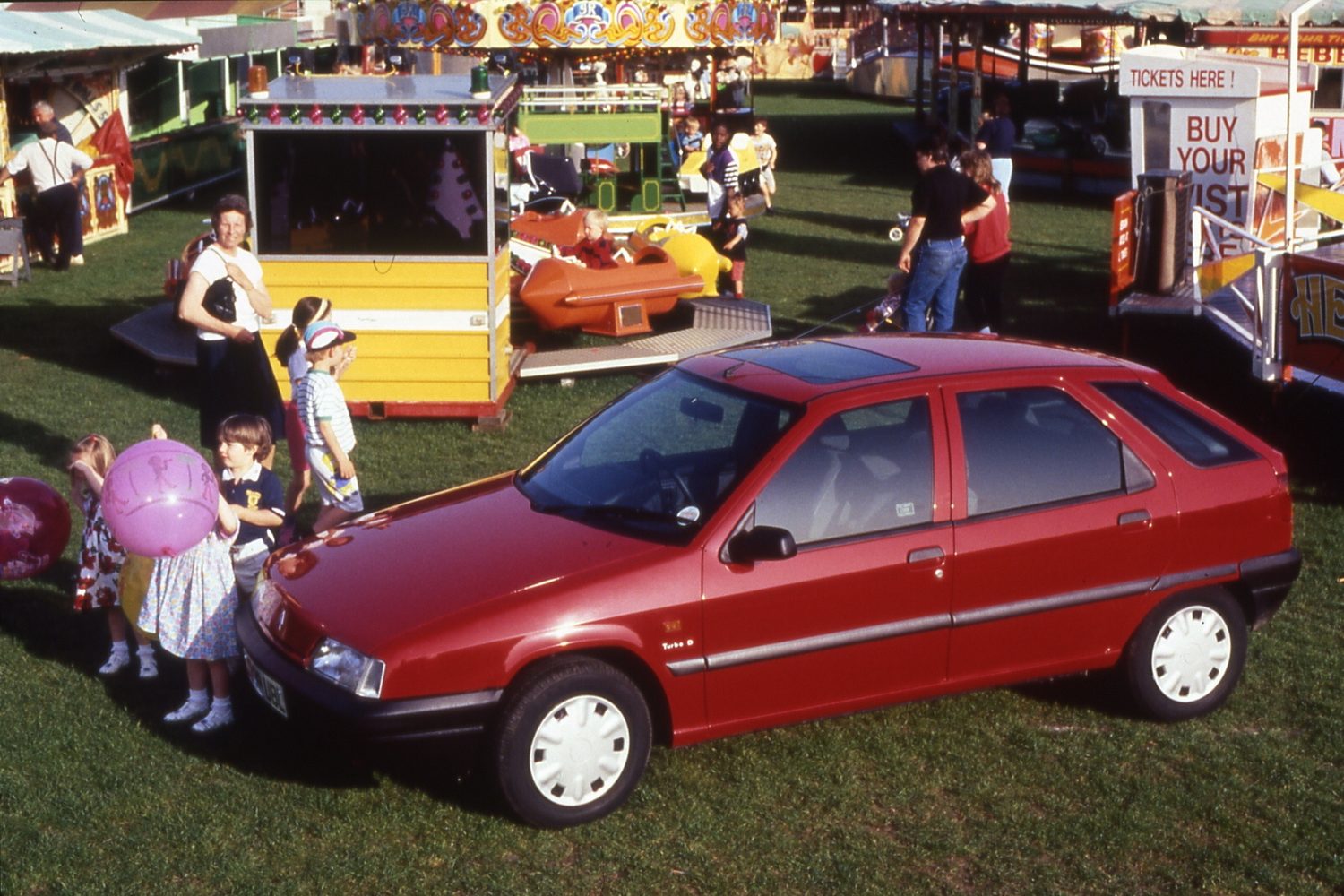
Now, we have Citroën's 'Advanced Comfort' programme. This is Citroën's answer to the question of 'what happened to ride quality?' While most car makers have slavishly followed the German big-three luxury brands in making cars with ever-bigger wheels, ever-slimmer tyres and ever-more-shattered spines, Citroën has said 'non' to that, and instead invented progressive hydraulic cushions.
These are not for your sofa at home. Citroën's wonderful hydropneumatic suspension died out because it was so expensive to build, but the progressive hydraulic cushions are just as clever, and much more cost-effective. Basically, Citroën has replaced the usual stiff rubber 'bump-stop' in the suspension. A bump-stop does what it says - when the suspension is pushed up hard by a sudden bump, the bump-stop is the thing that stops the spring and damper moving upwards. If you hit the bump-stop in your car, you'll know all about it - it's a loud and uncomfortable sensation. A progressive hydraulic cushion, as designed by Citroën, is rather cleverer. Instead of a rubber stopper, the top of the suspension unit now slides into a cylinder filled with hydraulic fluid. Instead of a sudden, hard stop at the top of the suspension travel, it makes for a slower, smoother stop, which allows for a smoother rebound motion as well. What does that all mean? It means that if you hit a bump or a pothole in a modern Citroën, you won't get your fillings rattled loose - the ride is serene and comfortable. It's a brilliantly simple innovation, harking back to the ride comfort of that 1919 Type A, and the long-travel springs of the 2CV.
Advanced Comfort isn't just about suspension, though. It's also about seat design (the seats in current Citroëns feel comfier than anything you've got in your house) and refinement (so that your ears aren't battered). It's about creating a cabin environment that allows you to relax as you drive, rather than getting more wound up. It's also about simple connectivity, such as making sure that your phone connects easily to the car so that you can listen to your tunes or podcasts safely and intuitively.
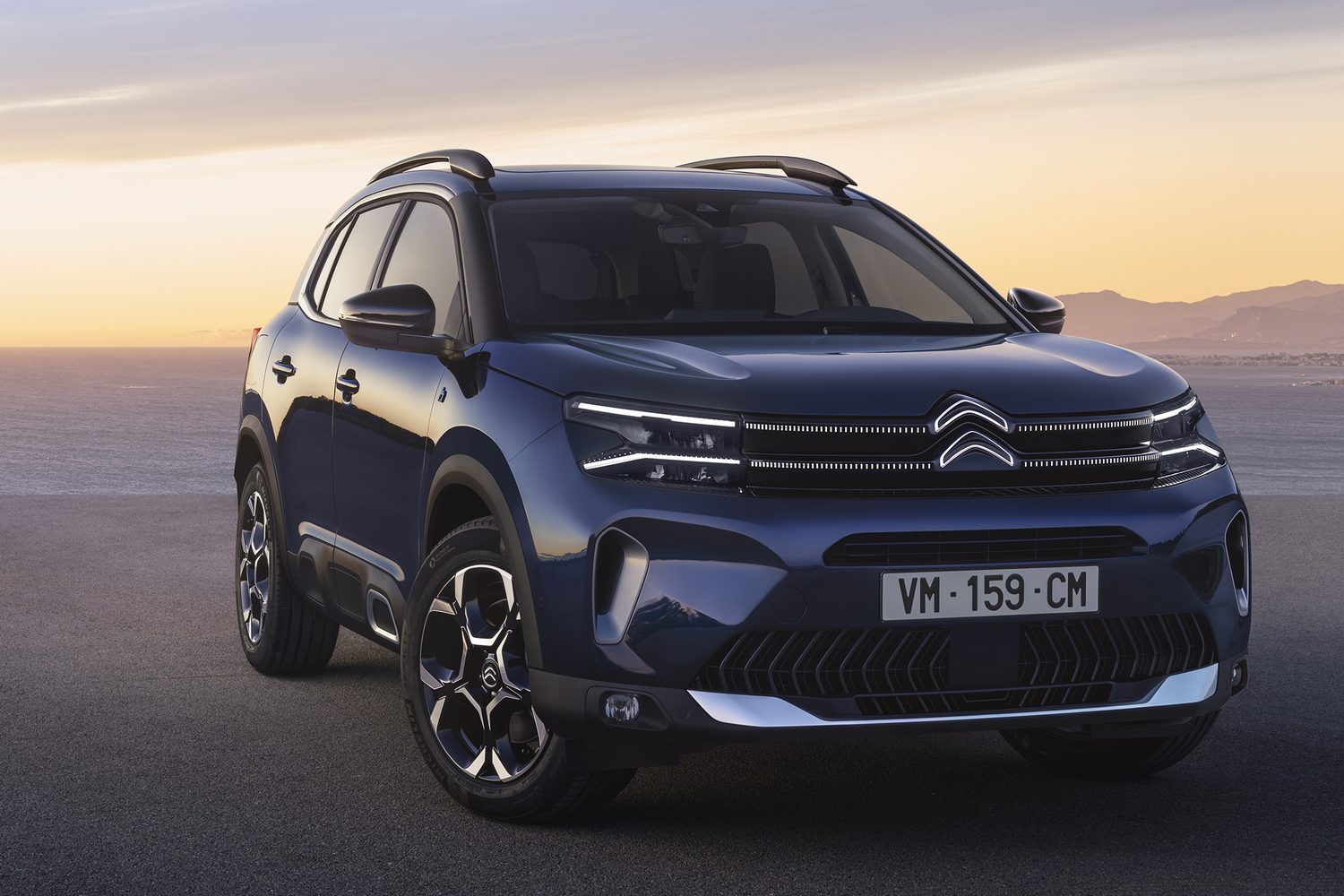
There's more to come. Citroën already has a plug-in hybrid model on sale - the C5 Aircross SUV - and it's about to launch the new low-slung C5 X as a plug-in hybrid. Both will go for more than 50km on electric power, while the C5 X looks like an intriguing way to blend the practicality and versatility of an SUV with the superior aerodynamics and refinement of an estate or saloon. If you want to go fully electric, there's the new ë-C4 hatchback, which comes with a 50kWh battery, a 136hp electric motor and a potential 357km one-charge range.
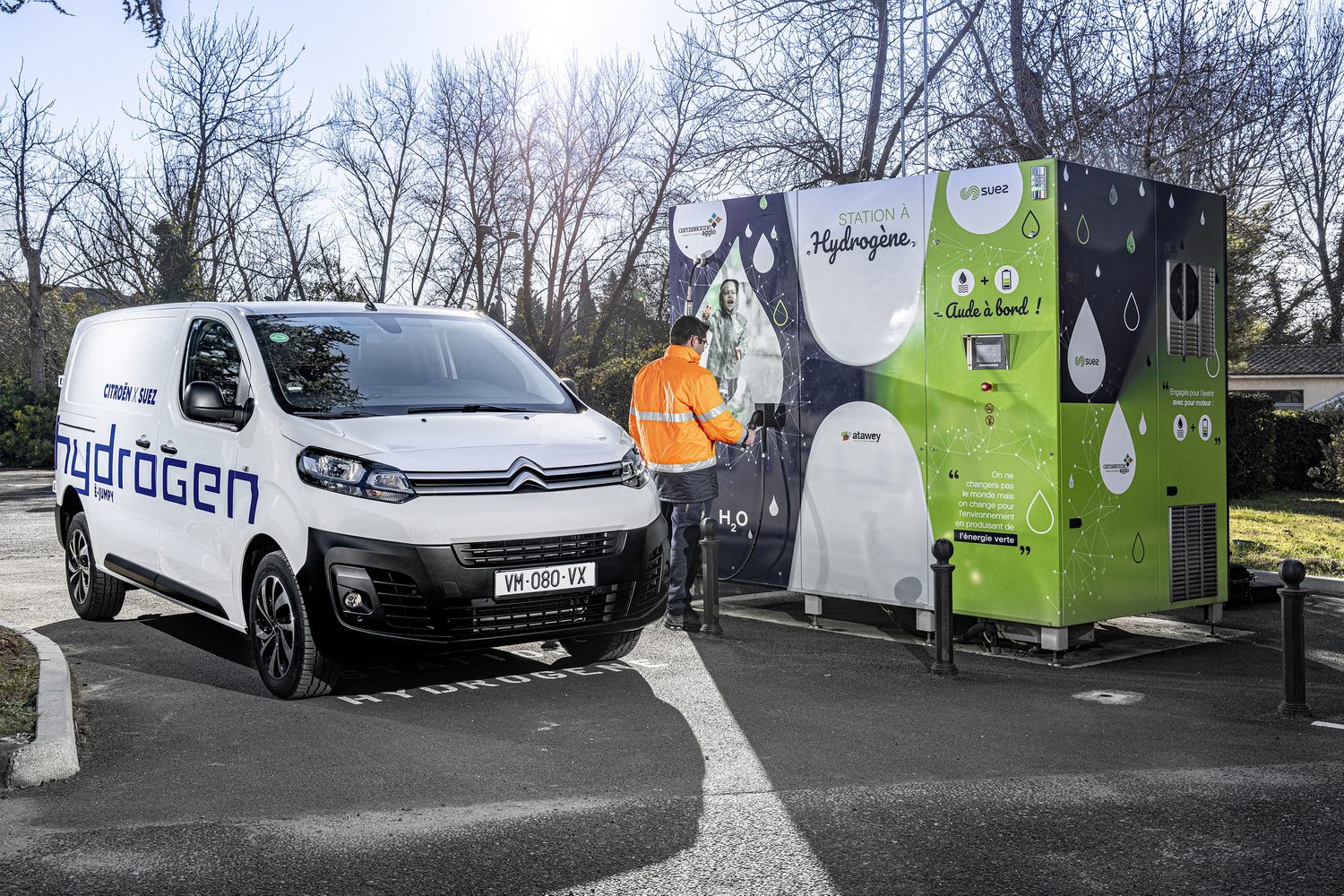
Citroën is also dipping into innovative hydrogen technology, and has just launched a version of its mid-size Dispatch van with a hydrogen fuel cell, zero emissions and a range of 400km with refuelling taking only a few minutes. I wonder when the first of those will get turned into a coffee dock...
The thing is, I don't think André Citroën would have minded seeing his H-Vans turned into coffee docks. He'd have regarded it as useful publicity, and something of a statement of just how versatile his designs were. That versatility can only come from innovation. The front-wheel drive of the Traction Avant. The ingenuity of the 2CV. The low loading height of the H. The sheer audacity of the DS. The smooth aero of the CX. The low-key fun of the ZX. The comfort of progressive hydraulic cushions. The electric performance of the C5 Aircross, the C5 X and the ë-C4. Versatile enough for you?
